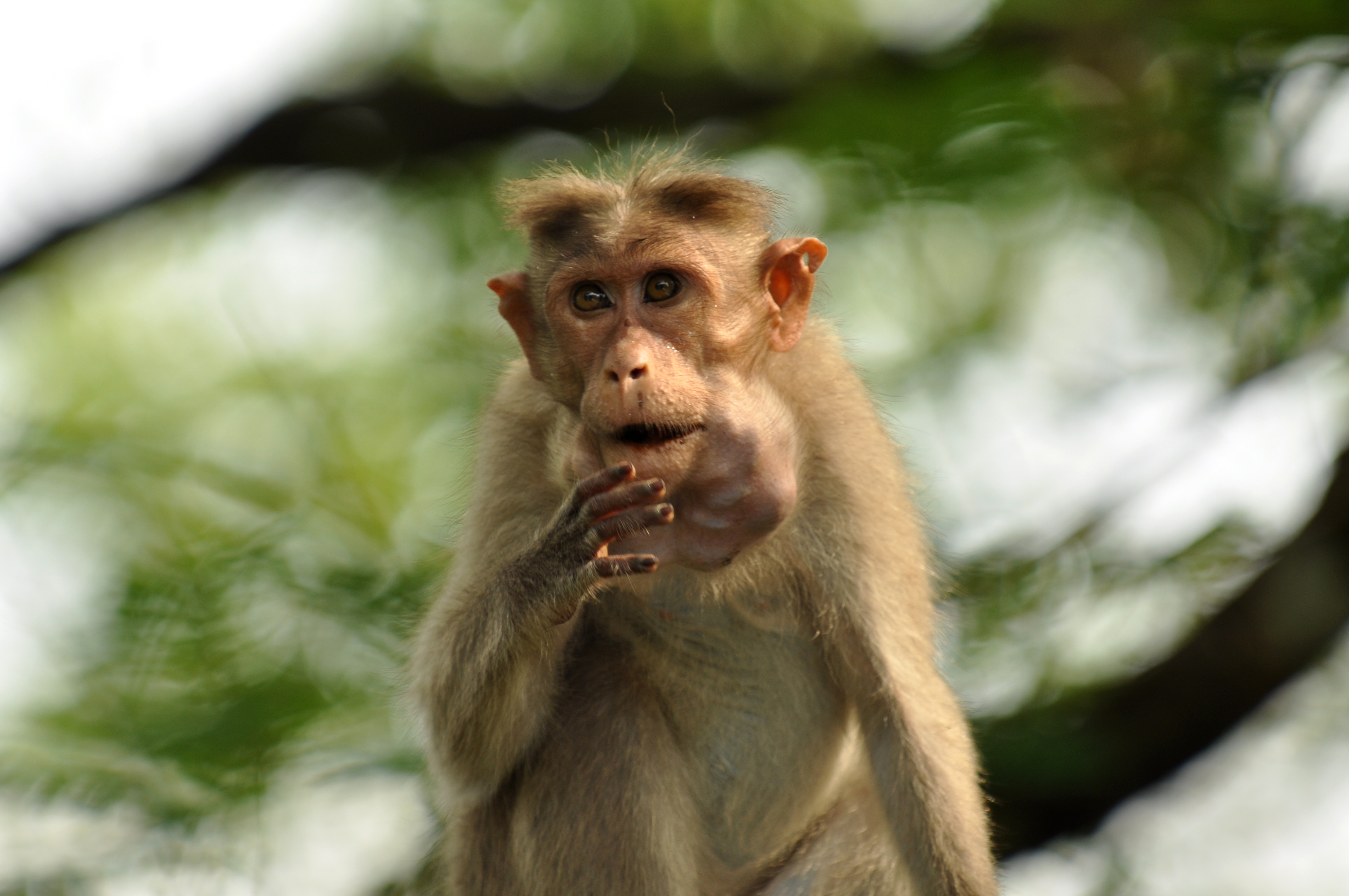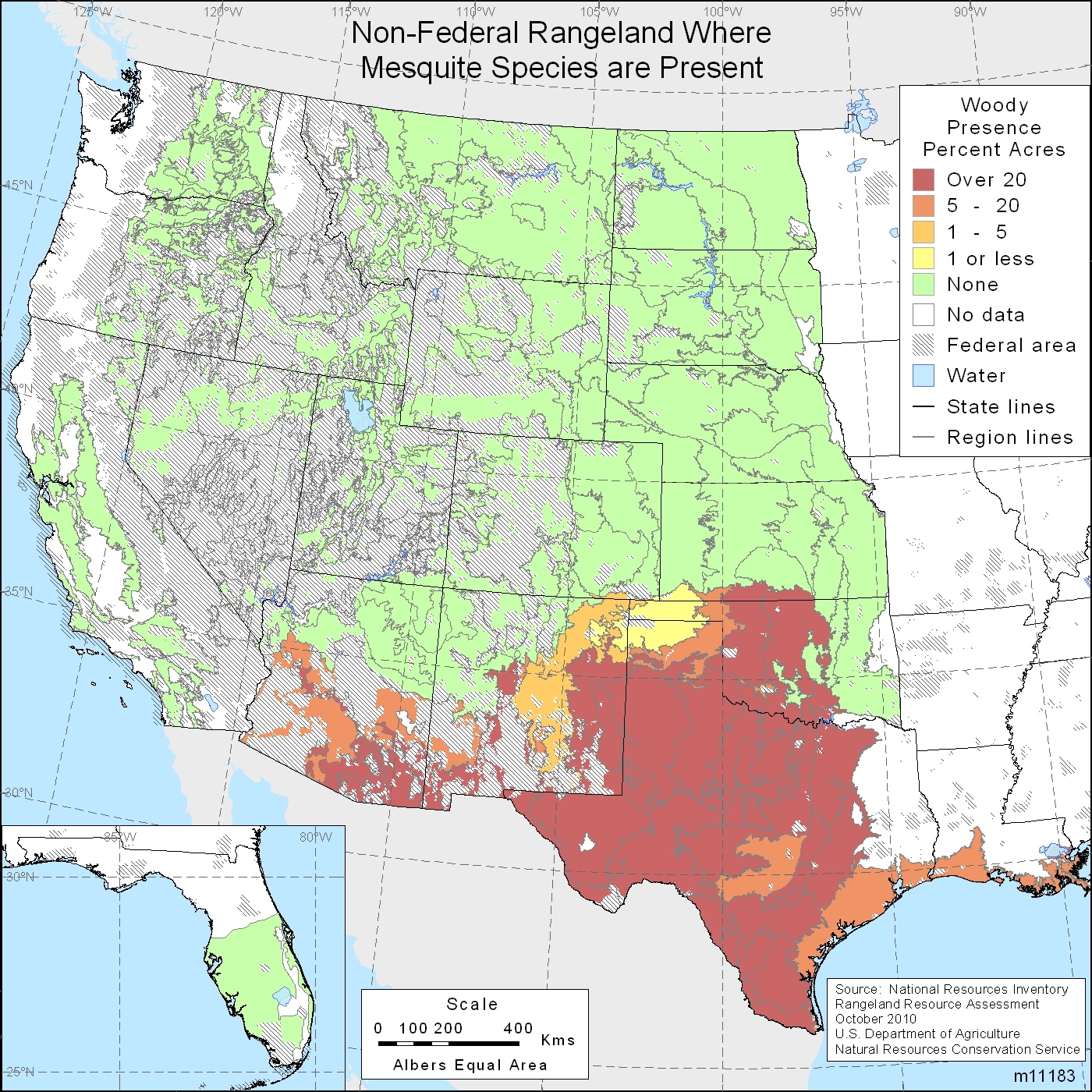|
Mexican Spiny Pocket Mouse
The Mexican spiny pocket mouse (''Heteromys irroratus'') is a species of rodent in the family Heteromyidae. It is native to Mexico and Texas in the United States where it is found in dry, scrubby habitats. The IUCN has assessed it as being of "least concern". It was formerly placed in the genus ''Liomys'', which is now recognized to be paraphyletic and has been subsumed into ''Heteromys''. Description There are seven subspecies of Mexican spiny pocket mouse and there is considerable differences in color and size between different populations. In general it is a medium-sized member of its genus ''Heteromys'', growing to a head and body length of about with a tail of about the same length. The pelage is composed of a mixture of stiff spines with soft hairs, but because the hairs lie flat, the spines are the more noticeable part of the coat. The upper parts of the head and body are greyish-brown and the underparts whitish. There is a pinkish or buff lateral line separating the two c ... [...More Info...] [...Related Items...] OR: [Wikipedia] [Google] [Baidu] |
John Edward Gray
John Edward Gray (12 February 1800 – 7 March 1875) was a British zoologist. He was the elder brother of zoologist George Robert Gray and son of the pharmacologist and botanist Samuel Frederick Gray (1766–1828). The same is used for a zoological name. Gray was keeper of zoology at the British Museum in London from 1840 until Christmas 1874, before the natural history holdings were split off to the Natural History Museum. He published several catalogues of the museum collections that included comprehensive discussions of animal groups and descriptions of new species. He improved the zoological collections to make them amongst the best in the world. Biography Gray was born in Walsall, but his family soon moved to London, where Gray studied medicine. He assisted his father in writing ''The Natural Arrangement of British Plants'' (1821). After being blackballed by the Linnean Society of London, Gray shifted his interest from botany to zoology. He began his zoological ... [...More Info...] [...Related Items...] OR: [Wikipedia] [Google] [Baidu] |
Painted Spiny Pocket Mouse
The painted spiny pocket mouse (''Heteromys pictus'') is a species of rodent in the family Heteromyidae. It is found in Mexico and the northern tip of Guatemala. It was formerly placed in the genus ''Liomys'', which is now recognized to be paraphyletic and has been subsumed into '' Heteromys''. Description The painted spiny pocket mouse is a medium-sized species and grows to a head and body length of about with a tail as long again, males being slightly larger than females. The pelage is composed of a mixture of stiff spines with soft, slender hairs, but because the hairs do not curl upward, the spines are the prominent feature of the coat. The upper parts of the head and body are reddish-brown and the underparts are white. The lateral line that separates the dorsal and ventral colors is some shade of dark or pale ochre. Immature pocket mice are grey and their coat consists mainly of soft hairs. Distribution and habitat The painted spiny pocket mouse is found in Mexico and Gua ... [...More Info...] [...Related Items...] OR: [Wikipedia] [Google] [Baidu] |
Mammals Described In 1868
A mammal () is a vertebrate animal of the class Mammalia (). Mammals are characterised by the presence of milk-producing mammary glands for feeding their young, a broad neocortex region of the brain, fur or hair, and three middle ear bones. These characteristics distinguish them from reptiles and birds, from which their ancestors diverged in the Carboniferous Period over 300 million years ago. Around 6,640 extant species of mammals have been described and divided into 27 orders. The study of mammals is called mammalogy. The largest orders of mammals, by number of species, are the rodents, bats, and eulipotyphlans (including hedgehogs, moles and shrews). The next three are the primates (including humans, monkeys and lemurs), the even-toed ungulates (including pigs, camels, and whales), and the Carnivora (including cats, dogs, and seals). Mammals are the only living members of Synapsida; this clade, together with Sauropsida (reptiles and birds), constitutes the large ... [...More Info...] [...Related Items...] OR: [Wikipedia] [Google] [Baidu] |
Least Concern Biota Of The United States
The degrees of comparison of adjectives and adverbs are the various forms taken by adjectives and adverbs when used to compare two entities (comparative degree), three or more entities (superlative degree), or when not comparing entities (positive degree) in terms of a certain property or way of doing something. The usual degrees of comparison are the ''positive'', which denotes a certain property or a certain way of doing something without comparing (as with the English words ''big'' and ''fully''); the ''comparative degree'', which indicates ''greater'' degree (e.g. ''bigger'' and ''more fully'' omparative of superiorityor ''as big'' and ''as fully'' omparative of equalityor ''less big'' and ''less fully'' omparative of inferiority; and the ''superlative'', which indicates ''greatest'' degree (e.g. ''biggest'' and ''most fully'' uperlative of superiorityor ''least big'' and ''least fully'' uperlative of inferiority. Some languages have forms indicating a very large degree ... [...More Info...] [...Related Items...] OR: [Wikipedia] [Google] [Baidu] |
Rodents Of The United States
Rodents (from Latin , 'to gnaw') are mammals of the order Rodentia ( ), which are characterized by a single pair of continuously growing incisors in each of the upper and lower jaws. About 40% of all mammal species are rodents. They are native to all major land masses except for Antarctica, and several oceanic islands, though they have subsequently been introduced to most of these land masses by human activity. Rodents are extremely diverse in their ecology and lifestyles and can be found in almost every terrestrial habitat, including human-made environments. Species can be arboreal, fossorial (burrowing), saltatorial/ricochetal (leaping on their hind legs), or semiaquatic. However, all rodents share several morphological features, including having only a single upper and lower pair of ever-growing incisors. Well-known rodents include mice, rats, squirrels, prairie dogs, porcupines, beavers, guinea pigs, and hamsters. Once included with rodents, rabbits, hares, and pikas, wh ... [...More Info...] [...Related Items...] OR: [Wikipedia] [Google] [Baidu] |
Fauna Of The Rio Grande Valleys
Fauna (: faunae or faunas) is all of the animal life present in a particular region or time. The corresponding terms for plants and fungi are ''flora'' and ''funga'', respectively. Flora, fauna, funga and other forms of life are collectively referred to as '' biota''. Zoologists and paleontologists use ''fauna'' to refer to a typical collection of animals found in a specific time or place, e.g. the "Sonoran Desert fauna" or the "Burgess Shale fauna". Paleontologists sometimes refer to a sequence of faunal stages, which is a series of rocks all containing similar fossils. The study of animals of a particular region is called faunistics. Etymology ''Fauna'' comes from the name Fauna, a Roman goddess of earth and fertility, the Roman god Faunus, and the related forest spirits called Fauns. All three words are cognates of the name of the Greek god Pan, and ''panis'' is the Modern Greek equivalent of fauna (πανίς or rather πανίδα). ''Fauna'' is also the word for a boo ... [...More Info...] [...Related Items...] OR: [Wikipedia] [Google] [Baidu] |
International Union For Conservation Of Nature
The International Union for Conservation of Nature (IUCN) is an international organization working in the field of nature conservation and sustainable use of natural resources. Founded in 1948, IUCN has become the global authority on the status of the natural world and the measures needed to safeguard it. It is involved in data gathering and analysis, research, field projects, advocacy, and education. IUCN's mission is to "influence, encourage and assist societies throughout the world to conserve nature and to ensure that any use of natural resources is equitable and ecologically sustainable". Over the past decades, IUCN has widened its focus beyond conservation ecology and now incorporates issues related to sustainable development in its projects. IUCN does not itself aim to mobilize the public in support of nature conservation. It tries to influence the actions of governments, business and other stakeholders by providing information and advice and through building partners ... [...More Info...] [...Related Items...] OR: [Wikipedia] [Google] [Baidu] |
Cheek Pouch
Cheek pouches are pockets on both sides of the head of some mammals between the jaw and the cheek. They can be found on mammals including the platypus, some rodents, and most monkeys, as well as the marsupial koala. The cheek pouches of chipmunks can reach the size of their body when full. Description and function Cheek pouches are located in the thickness of the flange on both sides of the head of some mammals. Monkeys have open cheek pouches within the oral cavity, but they open out in some rodents of America. Hence the name "diplostomes" is associated with them, which means "two mouths." In some rodents, such as hamsters, the cheek pouches are remarkably developed; they form two bags ranging from the mouth to the front of the shoulders. Étienne Geoffroy Saint-Hilaire described that some bats of the genus ''Nycteris'' have an amazing form of cheek pouches, as they have a narrow opening, through which the bat can introduce air, closing the Nasolacrimal canal, nasal canal thro ... [...More Info...] [...Related Items...] OR: [Wikipedia] [Google] [Baidu] |
Mesquite
Mesquite is a common name for some plants in the genera ''Neltuma'' and '' Strombocarpa'', which contain over 50 species of spiny, deep-rooted leguminous shrubs and small trees. They are native to dry areas in the Americas. Until 2022, these genera were traditionally included in a broad view of the genus '' Prosopis'', but that genus is now restricted to a few species native to the Old World. Mesquites have extremely long roots to seek water from very far under ground. As they are legumes, mesquites are one of the few sources of fixed nitrogen in the desert habitat. The trees bloom from spring to summer. They often produce fruits known as "pods". Mesquites are able to grow up to tall, depending on site and climate. They are deciduous and depending on location and rainfall have either deep or shallow roots. Mesquites are considered long-lived because of the low mortality rate after the dicotyledonous stage and juveniles are also able to survive in conditions with low light and ... [...More Info...] [...Related Items...] OR: [Wikipedia] [Google] [Baidu] |
Celtis
''Celtis'' is a genus of about 60–70 species of deciduous trees, commonly known as hackberries or nettle trees, in the hemp family Cannabaceae. It has a cosmopolitan distribution. Description ''Celtis'' species are generally medium-sized trees, reaching tall, rarely up to tall. The leaves are alternate, simple, long, Glossary of leaf morphology#ovate, ovate-acuminate, and evenly serrated margins. Diagnostically, ''Celtis'' can be very similar to trees in the Rosaceae and other rose motif families. Small flowers of this monoecious plant appear in early spring while the leaves are still developing. Male flowers are longer and hairy. Female flowers are greenish and more rounded. The fruit is a small drupe in diameter, edible in many species, with a dryish but sweet, sugary consistency, reminiscent of a date palm, date. Taxonomy Previously included either in the elm family (Ulmaceae) or a separate family, Celtidaceae, the APG III system places ''Celtis'' in an expanded hemp ... [...More Info...] [...Related Items...] OR: [Wikipedia] [Google] [Baidu] |





